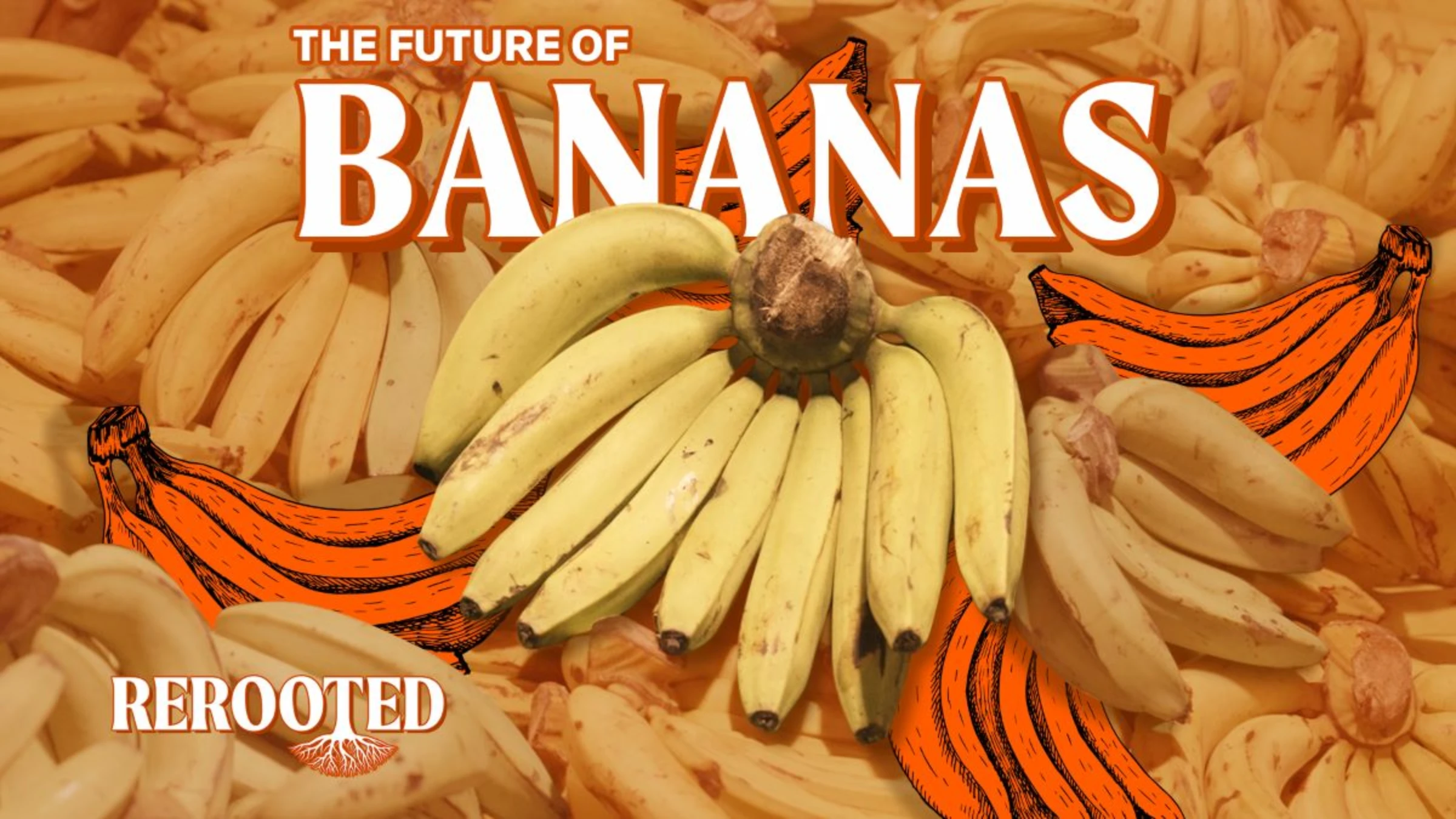Can an obscure grain replace rice in Indonesian diets?

The world’s fourth-most populous country doesn’t produce enough rice to feed its population and imports nearly all the wheat it consumes. With the fallout from the war in Ukraine as well as climate change affecting rice prices and production, the government has turned to an obscure grain to satiate Indonesians: sorghum.
It’s a crop that’s been farmed for centuries in eastern Indonesia, and it has its climate advantages. Sorghum requires a lot less water than rice and is more resilient to extreme weather. Advocates for the grain, like Maria Loretha, better known as “Mama Sorghum”, think that sorghum could be a viable alternative staple grain, replacing rice on the nation’s plates.
But it’s one thing to be an ideal replacement on paper and another thing to convince people to actually eat more of the earthy-tasting grain. After all, rice makes up half of the daily caloric intake for most Indonesians.
So can sorghum really become a staple for Indonesians? We went to Indonesia to find out.
This video is from "Rerooted", a special series by Context on the future of crops on a warming planet, exploring how we can grow enough nutritious food for a rising global population while protecting the climate and nature.
Subscribe to our YouTube channel | Watch more videos like this























